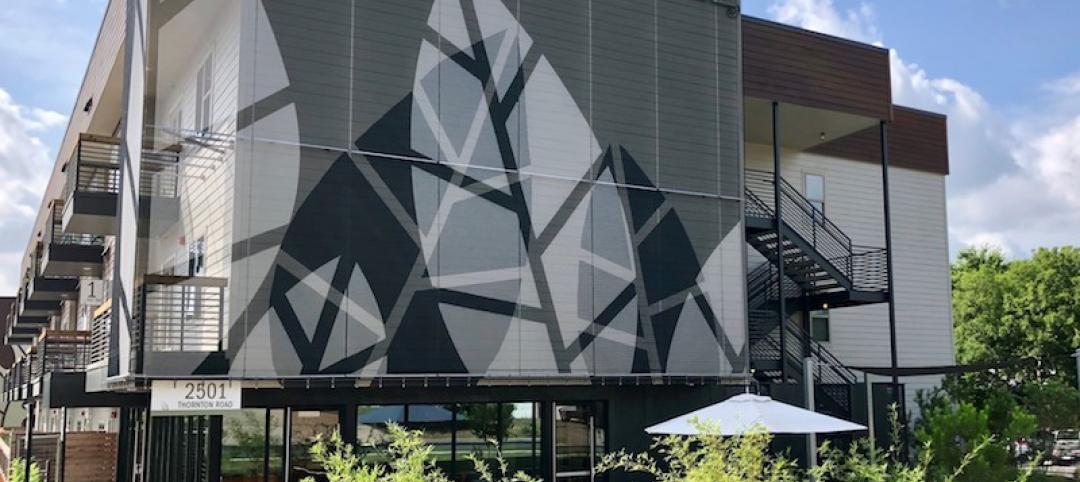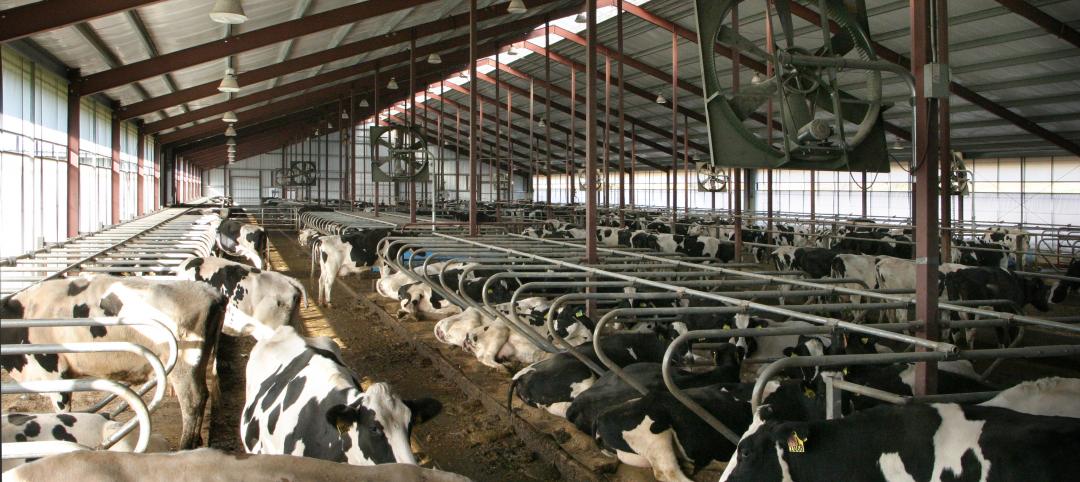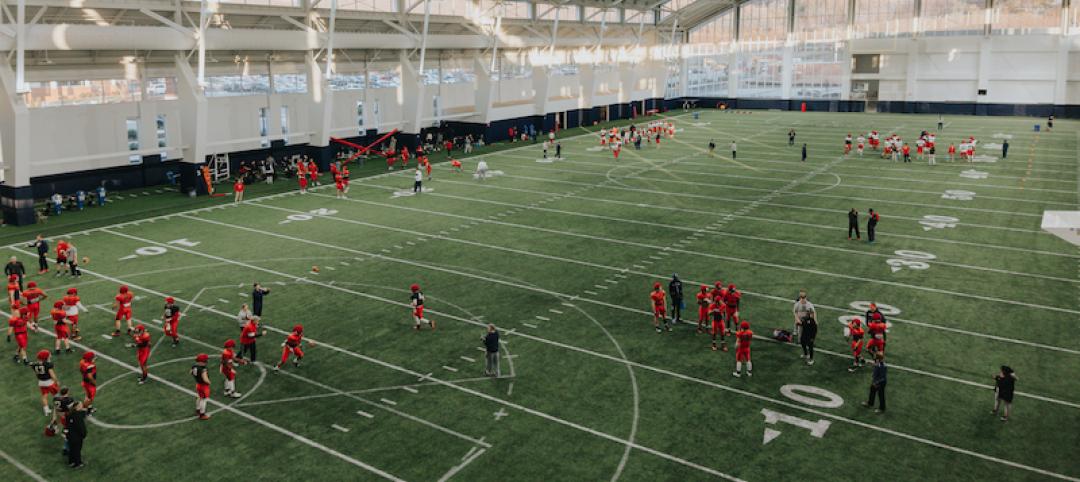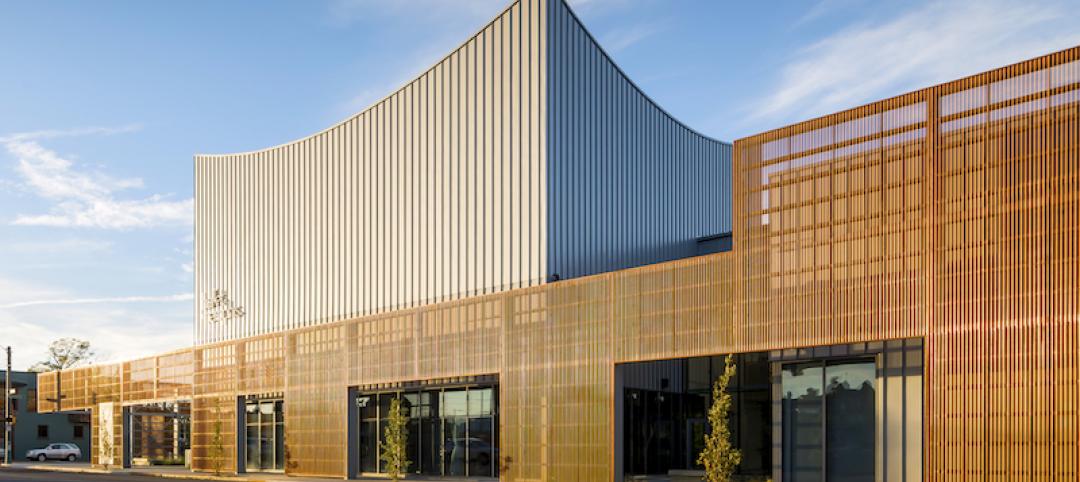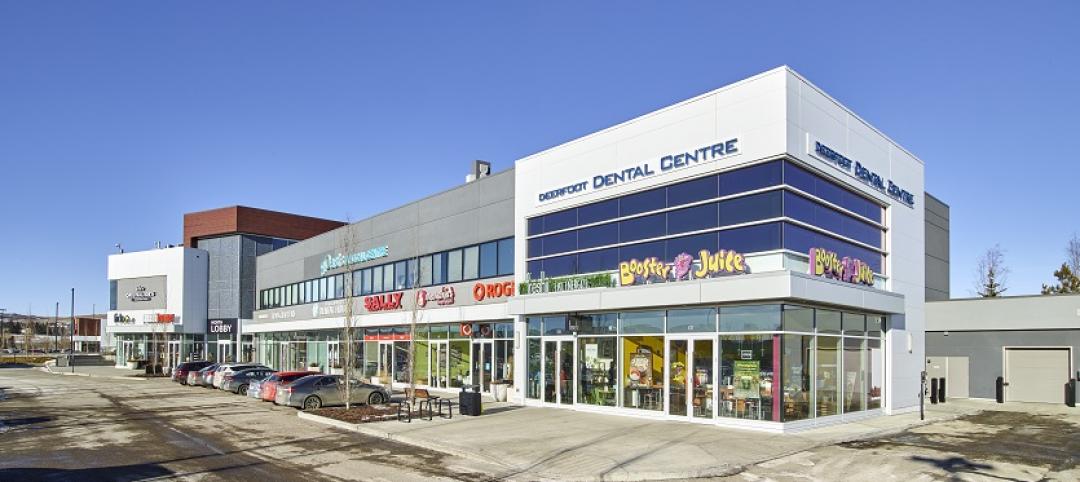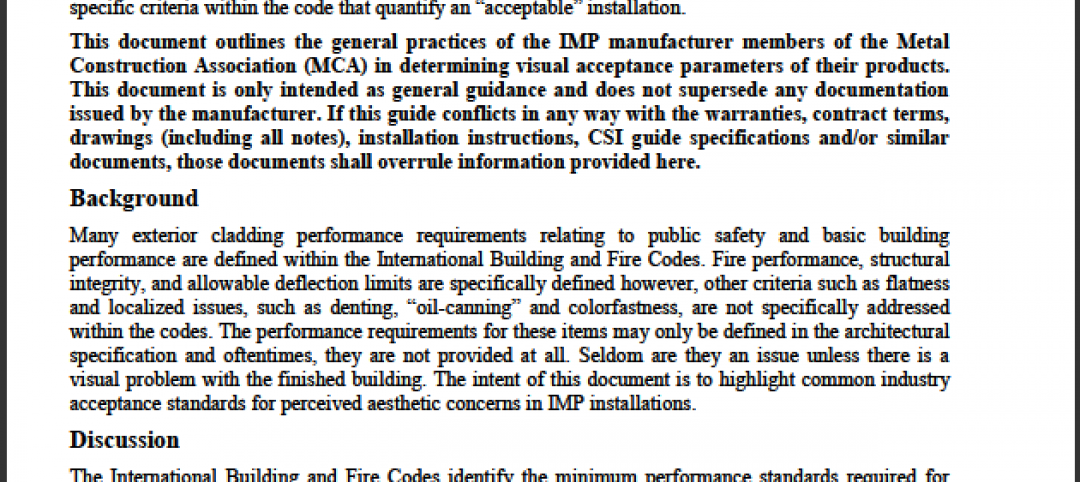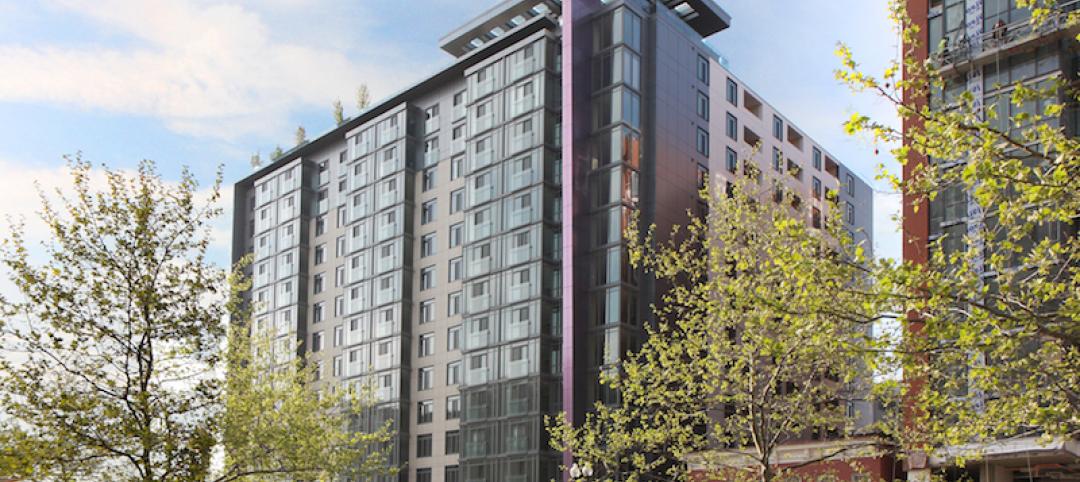Knox College, in Galesburg IL, was in need of more space, and better space, for arts education. Fine arts had been housed with music and theater in a facility built in the early 60’s. The college had ambitions to build a dedicated, state-of-the-art facility with studios for painting, printmaking, design, sculpture, ceramics, drawing and digital art, metalworking and woodworking shops, classrooms, faculty offices, dedicated open studio space for faculty and seniors working on capstone projects, and space to display student work.
If the goal was large, the strictness of the budget was, in a sense, even more ambitious. To meet the college’s construction budget, Star Builder P.J. Hoerr, Inc. knew just what was needed. As Kirk Anderson, vice president of P.J. Hoerr, put it, “We could only do it with a metal building system.”
The college president wanted the building to have large windows, so passersby could see what the students were working on. She also suggested that, the look of the building should be able to “blend into the urban fabric” of the industrial area adjacent to the east side of the campus where the new building was to be situated. In response, Lake/Flato Architects created a unique and striking design with a sawtooth roofline and exciting interior spaces that encourage creativity.
The new Whitcomb Arts Building, a 30,000 sf facility, is actually five metal buildings connected together, custom made by Star Building Systems. About 70% of its footprint is divided by mezzanines into two floors. There are major double-height areas, to provide pinup space for large work, a ‘critique hall.’ There is a lecture hall that accommodates large gatherings and receptions for student work. Facilities for both cutting edge and historical art media include computer labs and film development rooms.
From the builder’s standpoint, it was a very unusual project. “Typically, a metal building is one big box,” explains Anderson. “The unique shape of the building, with parts of the roof having a 24:12 pitch, created some interesting challenges.”
The project was built with a target of LEED gold certification (a final decision on its actual LEED status is still forthcoming), which led to a number of innovative design choices. There had been an older building on the site that was the property of a lumber yard. It was demolished for the new construction, but a significant quantity of wood was reclaimed from that building and re-used in the Whitcomb Arts Building. Classroom spaces, for example, are divided by barn-door style doors made of that reclaimed wood. Other sustainable aspects include extensive use of daylighting, and storm water retention system of bio-swales whose plantings help process and breakdown pollutants in the run-off.
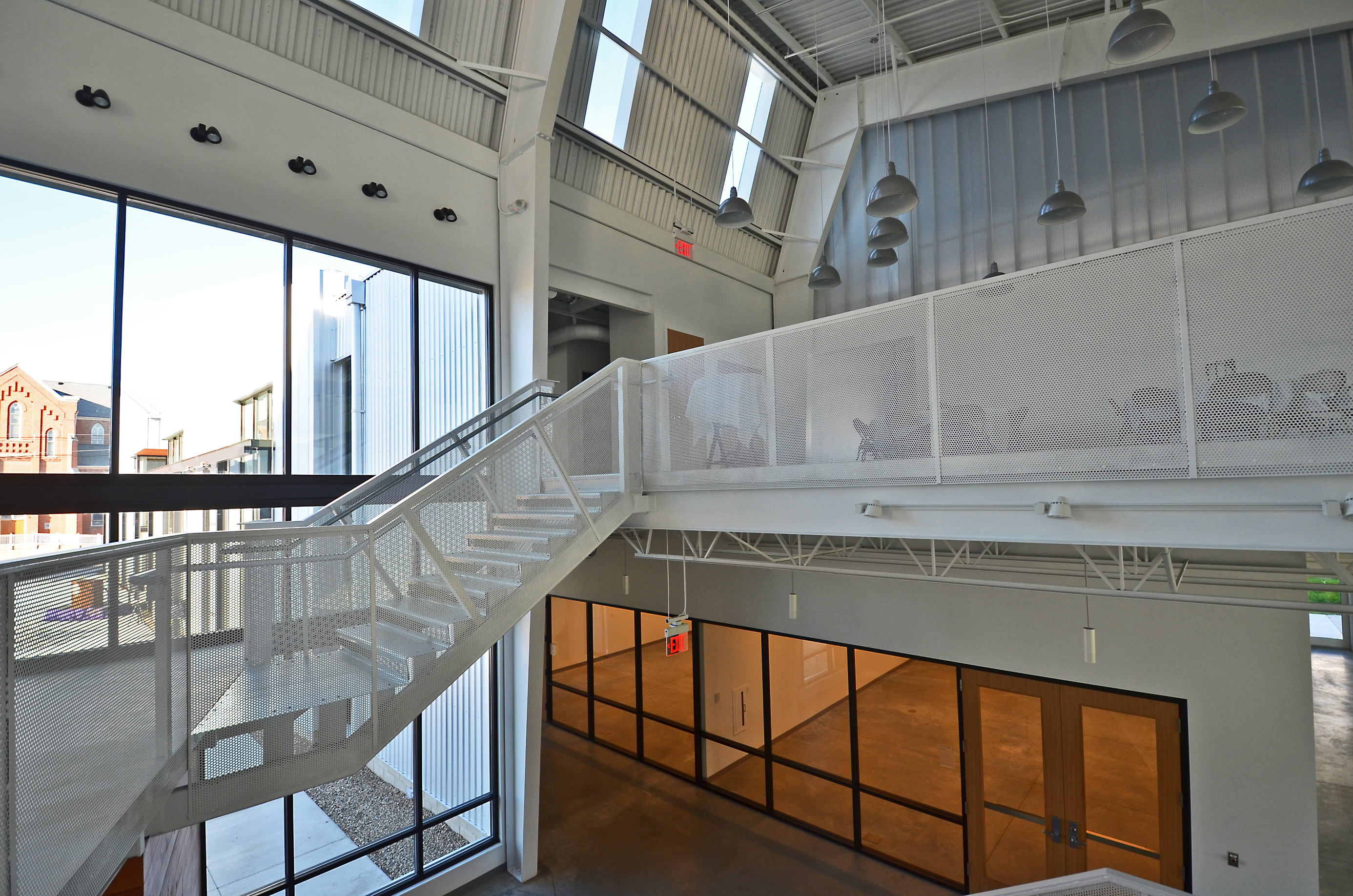
Perhaps most unusual for a metal building is the massive amount of glass. Approximately 40% of the exterior is glass, bringing in a good deal of natural light. The unusually high-pitched, asymmetrical roofs also have skylights. To control sunlight on the west side of the building, the windows can be covered by large, barn-door-mounted perforated metal panels.
The exterior evokes a kind of idealized industrial complex. The rhythmic saw-tooth roofline makes the entire building looking like a single, vast, gleaming machine. The metal standing-seam roof, made with MBCI galvalume-coated roof panels, is echoed on about 20% of the exterior walls, as well, emphasizing industrial roots. The clusters of rectangular glass, and accents of reclaimed brick and reclaimed wood, take it beyond the utilitarian reference, an evolution into something more sophisticated and complex.
The Whitcomb Arts Building project began in November, 2015, and was substantially completed by October 2016 at a cost of $7 million. Star Building Systems made the buildings, and P.J. Hoerr was general contractor, self-performing substantial amounts of the work including the concrete, steel erection, metal cladding, and finish carpentry. P.J. Hoerr, Inc. was named Star Building Systems’ Master Builder of the Year for 2016 for this project. The building was fully opened for student use in January 2017.
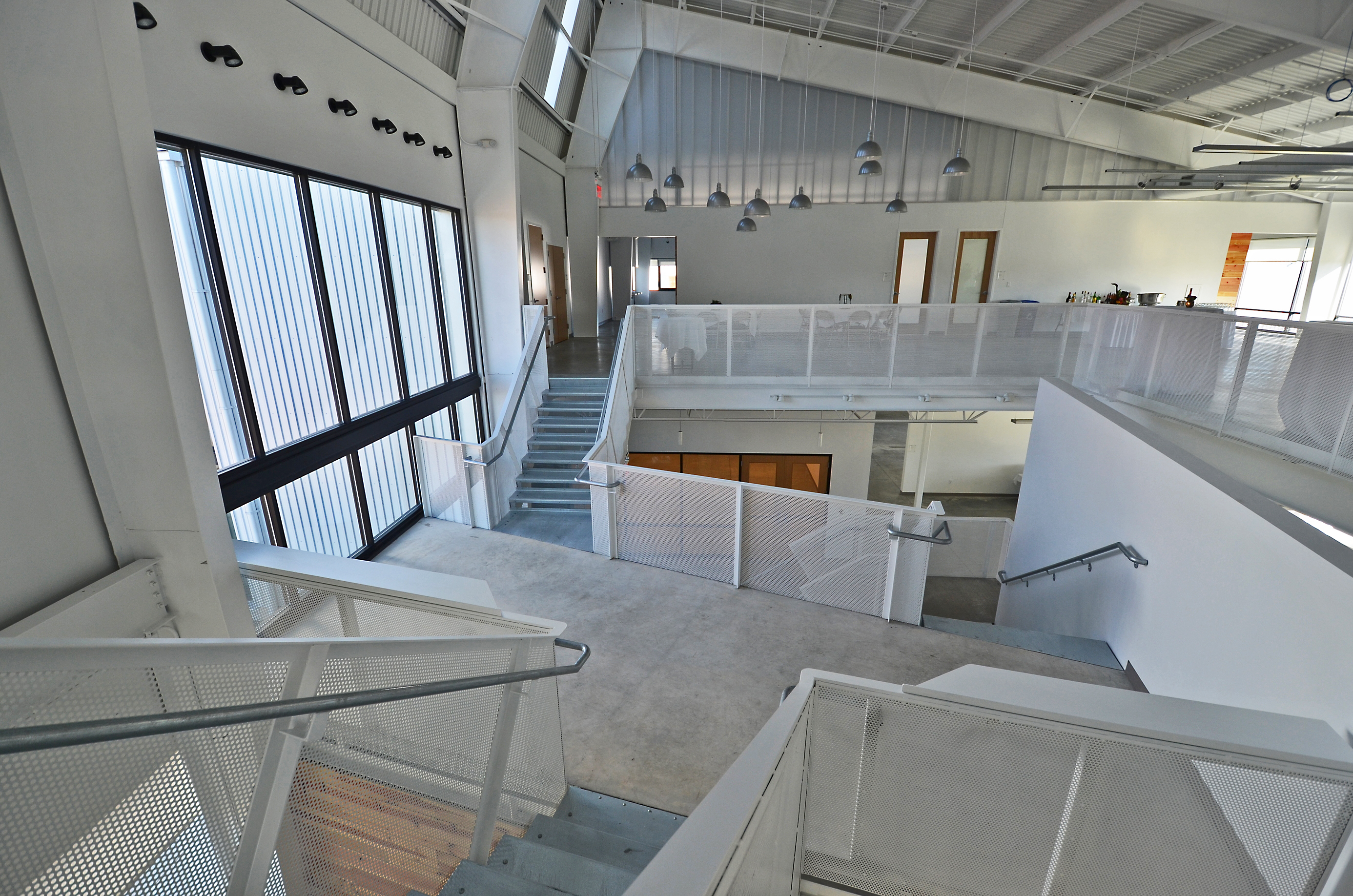
Related Stories
Sponsored | Metals | Sep 12, 2018
Austin apartment façade branded with metal mesh
Cambridge Architectural creates powder-coated design incorporating community’s leaf graphic.
Sponsored | Metals | Aug 8, 2018
Tiny house highlights ALPOLIC's versatility
As the exterior sponsor, ALPOLIC turned to Metal Design Systems (MDS) in Cedar Rapids, Iowa to come up with a way to fabricate its Timber Series metal composite material for this unique venture.
Sponsored | Metals | Aug 6, 2018
The state of the art in livestock housing
Metal buildings are proving to be a smart solution for livestock housing.
Sponsored | Metals | Jul 12, 2018
Metl-Span provides Liberty University with a home field advantage
In order to get the multi-purpose facility up and running in time for the team to begin preparations for the 2017 season, installers at W.H. Stovall & Company were tasked with fast-tracking the construction process.
Sponsored | Metals | Jul 10, 2018
Kent Police Station: Bridging a neighborhood, architecturally and symbolically
The station had to present an energized, neighborly aesthetic positioning it as a safe pillar of the community.
Sponsored | Metals | Jun 11, 2018
Perforated copper screens add movement to Ballet Memphis façade
The building is designed to engage the public in movement, culture and connection to the community.
Sponsored | Metals | May 9, 2018
Redefining Calgary’s newest social destination
Metl-Span® Insulated Metal Panels help bring Deerfoot City to life.
Sponsored | Metals | Jan 22, 2018
The Lyric 440K apartments: D.C. architecture takes a progressive turn
In searching for alternatives to expensive porcelain tile to achieve the look envisioned for the project, they turned to ALPOLIC® because of the company’s reputation for high quality and exceptional service.


